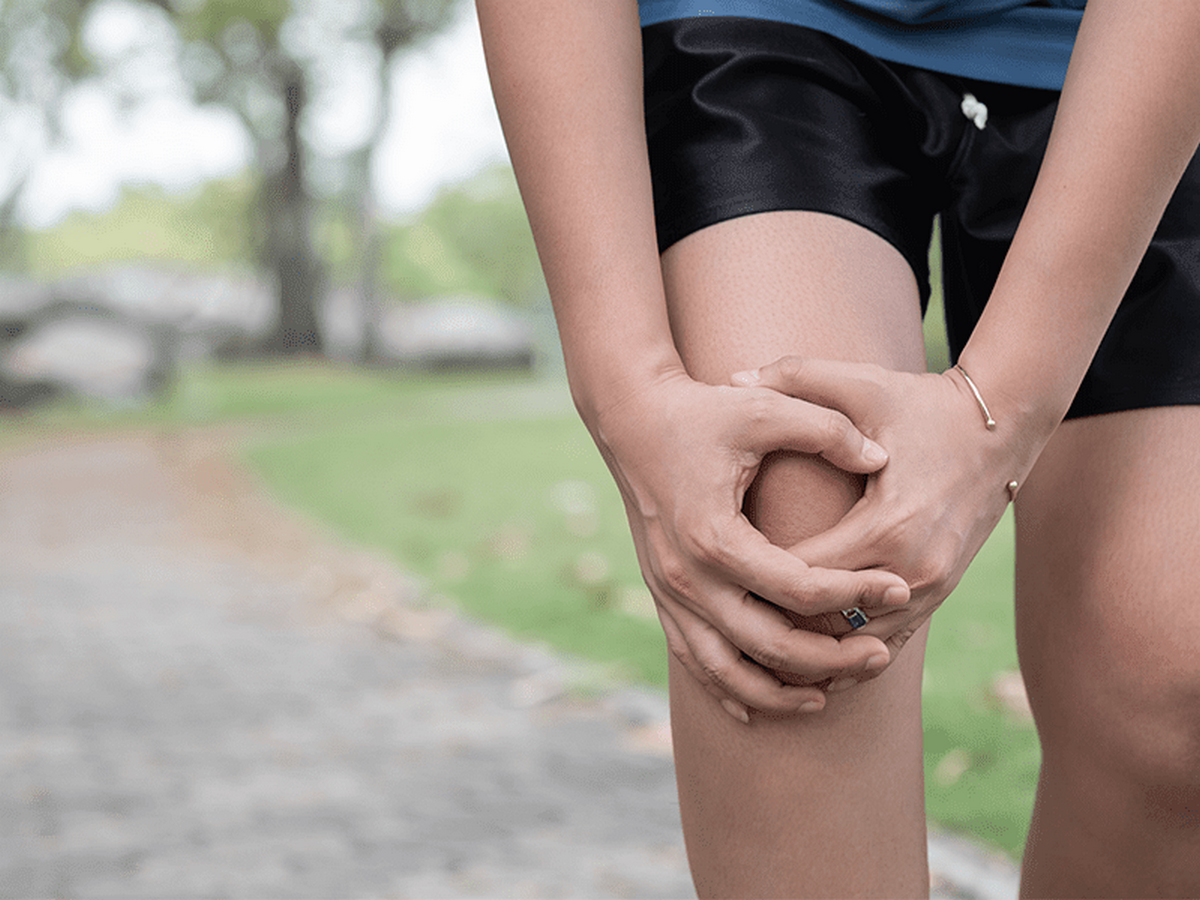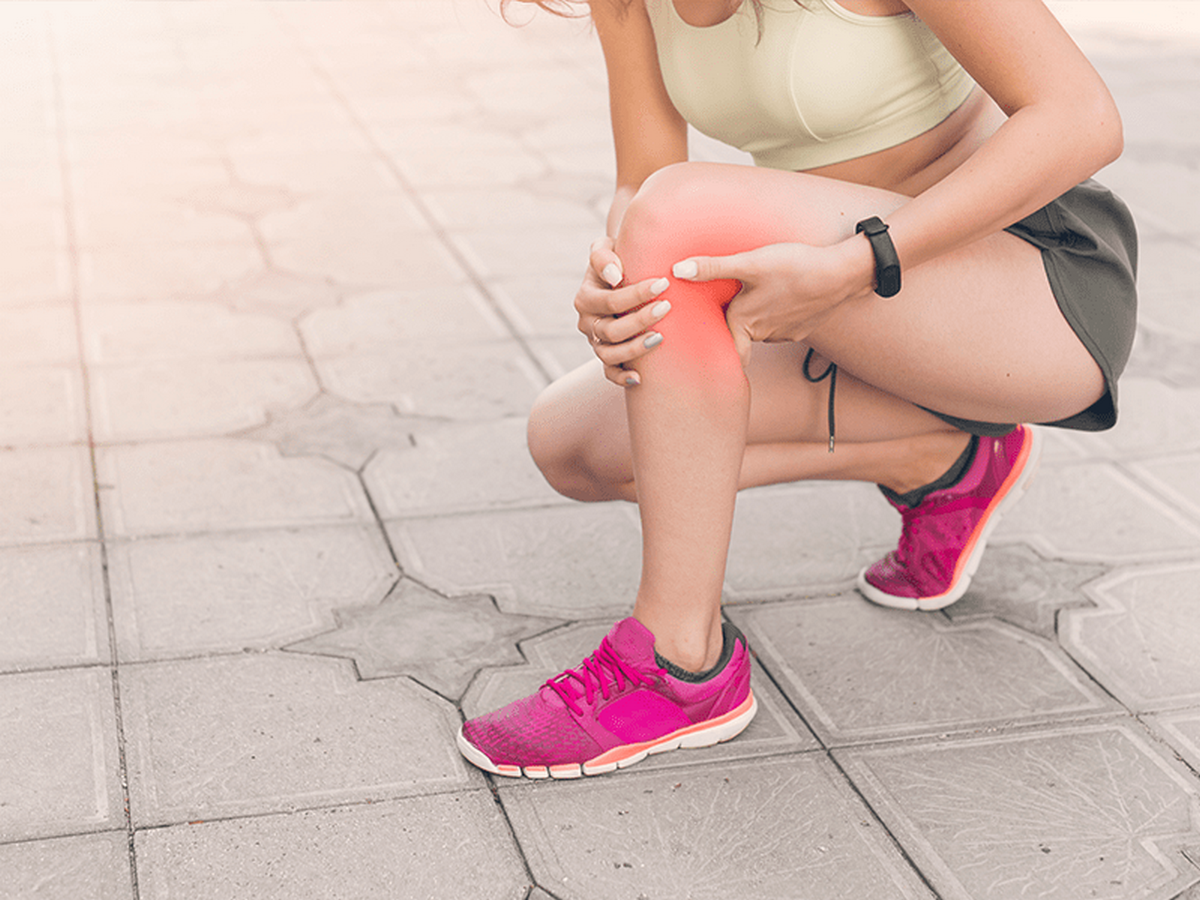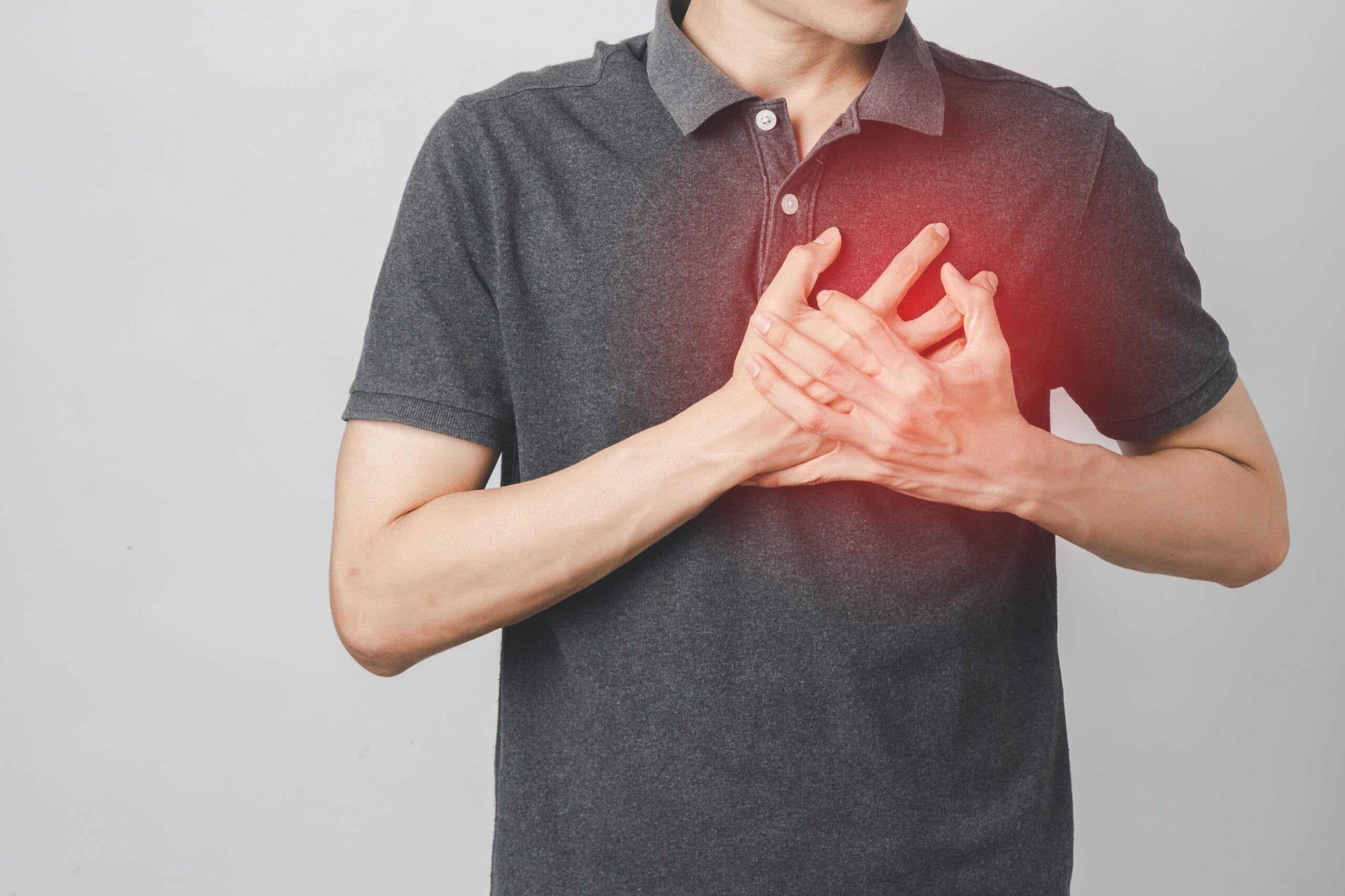Glucosamine, the solution to chondropathy

Among the most common health problems today, which afflicts a lot of people daily, is chondropathy. Chondropathy is a painful degenerative joint damage and may occur even at very young ages but is more common between 15 to 40 years.
Table of Contents
Chondropathy
The joints consist of bones, cartilages (connective tissue) and synovial fluid. The role of cartilage is to reduce friction and optimize joint movement. Reduced synovial fluid production and cartilage degeneration leads to gradual degeneration of joints, resulting in increased friction, inflammation and thus reduced mobility and pain. This situation is called chondropathy or otherwise chondromalacia.
Chondropathy can affect any joint of the body, but the most common position is in the knee. It usually starts as a small destroy of a small area of cartilage either in the knee joint (knee chondropathy) and less often to the femur.
Causes
The most common causes of chondropathy are:
- Injuries to the joints
- Dislocation of joints
- Injury of the meniscus
- Rheumatoid arthritis or osteoarthritis
- Articular inflammation
- Repeated injections of steroid drugs
Symptoms
The most common symptom is a continuous and dull pain, on the front of the knee, behind the kneecap. This pain can get worse when you go up or down stairs. It also can flare up after you have been sitting in one position for a long time (eg travel, airplanes, etc.). Maybe there is also swelling when there is extreme joint overload.
Diagnosis – Treatment
Diagnosis is performed by a specialist and usually requires confirmation of cartilage degeneration either by X-ray, magnetic or CT scan. The treatment requires prophylaxis and conservative movement of joints as well as strengthening the muscles surrounding the affected joint with special exercises, walking and running. Depending on the severity of the problem, surgery may be recommended. Unfortunately, articular cartilage is cured slowly and can not recover 100%. However, there are non-surgical treatments that can relieve pain and improve movement of joints.
Chondropathy and dietary supplements
Glucosamine
Glucosamine is a substance that is naturally found in the human body and is specifically located in the joints and cartilages as basic structural component. It is a salt of amino-monosaccharide glucosamine. The main aim of glucosamine is to strengthen the cartilage, along with chondroitin and hyaluronic acid.
Glucosamine supplements are believed that help improve the quality of life of people with chondropathy as they
- Improve flexibility of the joints
- Reduce stiffness
- Slow cartilage’s damage
- Relieve pain
Forms of glucosamine and sources
There are various forms of glucosamine in trade with more common glucosamine sulfate and glucosamine hydrochloride. Among them, glucosamine sulphate has greater absorption and better action. Common sources are shellfish, such as crab, lobster or shrimp shell. There are also vegetable formulations of glucosamine by corn for those who are allergic to shellfish.
Recommended dose
The maximum effect of taking glucosamine supplements is obvious after one month of continuous intake. In cases of osteoarthritis it is recommended to take 300-500mg, 3 times daily for at least 12 weeks. The dose can be up to 1000mg, depending on the case. It can be safely taken for up to 6 months, while reports indicate that it can certainly be taken for up to 3 years.
Contraindications – Adverse Reactions
Due to the fact that glucosamine is derived from shellfish, supplementation is contraindicated in people who have allergy to shellfish. In addition, it is contraindicated in those taking antithrombotic therapy or have diabetes, while also in pregnant, breast-feeding women and children.
In Vita4you you can find a great variety of dietary supplements with glucosamine that help treat chondropathy.
Disclaimer
The content of this blogspot is not and can not be considered as medical advice, diagnosis or treatment. All information is provided to readers solely for informational purposes. There is no intention to substitute this content for personalized medical advice, diagnosis, prognosis or treatment.






Leave a comment